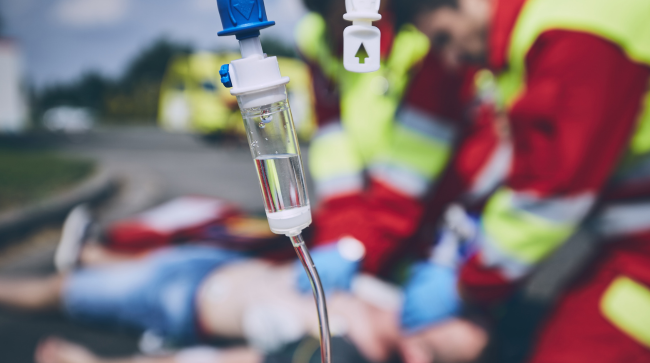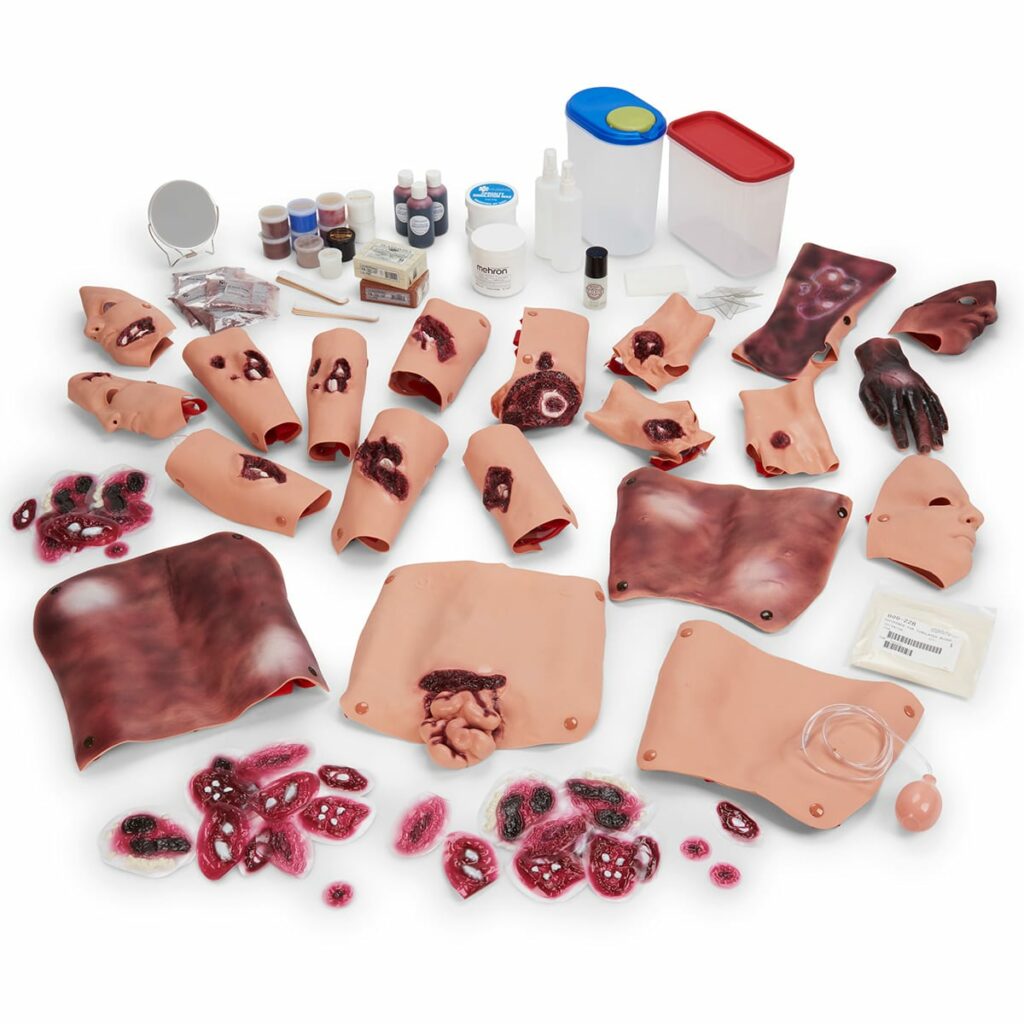
Introduction Childbirth, a miraculous and complex event, demands healthcare professionals to be not only adept in routine deliveries but also resilient in the face of unforeseen challenges. Birthing manikins, integral to obstetric training, have evolved beyond simulating standard labour scenarios. In this article, we delve into the critical complications and emergencies that can be faced […]

Rugged landscapes and treacherous terrain pose constant challenges. One factor stands above all in determining the success of an operation: tactical emergency casualty care. Effective training in casualty care can make the difference between life and loss in the unforgiving world of mountain environments. Mountain rescue teams must be prepared to face a multitude of […]

The ability to perform cardiopulmonary resuscitation (CPR) is an invaluable skill. Whether it’s a sudden cardiac arrest in a hospital room, a medical emergency on an airplane, or a crisis in a remote location, the need for skilled CPR practitioners can arise in various challenging scenarios. This is where the role of CPR training becomes […]

Introduction to Moulage in Medical Simulation Medical simulation plays a vital role in training healthcare professionals, allowing them to practice and refine their skills in a controlled environment. Realism is a crucial aspect of effective medical simulation, as it enhances the learning experience and prepares healthcare providers for real-life scenarios. One technique that has revolutionised […]

In medical simulation and training, airway management is a fundamental skill that healthcare professionals must master. To facilitate effective airway management training, many institutions and educators rely on airway head simulators, which play a crucial role in creating realistic and immersive scenarios. However, just like any other medical equipment, airway heads require proper maintenance and […]

Your medical school may be used to operating with solely standardised patients, solely manikins or a mixture of both. Most places still use both, for different types of scenarios. There are certain medical scenarios where it is more convenient and effective in terms of training to use a real person to simulate a scenario instead […]

In the fast-paced world of healthcare, staying up-to-date with the latest trends in medical education is not merely an option; it’s a necessity. With each passing year, the landscape of medical training undergoes significant transformations driven by technological advancements, changing healthcare models, and the evolving needs of both students and patients. As we approach the […]

Problem-Based Learning (PBL) is a learner-centred and active approach that aims to enhance students’ learning experience by presenting them with real-world problems. Through PBL, students are given the opportunity to work collaboratively in small groups, analyse the problems at hand, propose solutions, and acquire knowledge and skills in the process. This approach emphasises active learning, […]

Feedback plays a vital role in medical education, promoting the development of knowledge, skills, and professional performance among healthcare professionals. It is a process of communication that involves providing specific information about a trainee’s observed performance in relation to a standard, with the intention of improving their performance. Effective feedback is essential for narrowing the […]

Medical simulation is a crucial component of healthcare training, allowing students and professionals to practice essential skills in a controlled environment. Creating an effective simulation program can be costly, but budget constraints shouldn’t hinder the quality of medical simulation training. By prioritising learning objectives, leveraging collaborative partnerships, and exploring cost-effective alternatives, healthcare organisations can enhance […]











